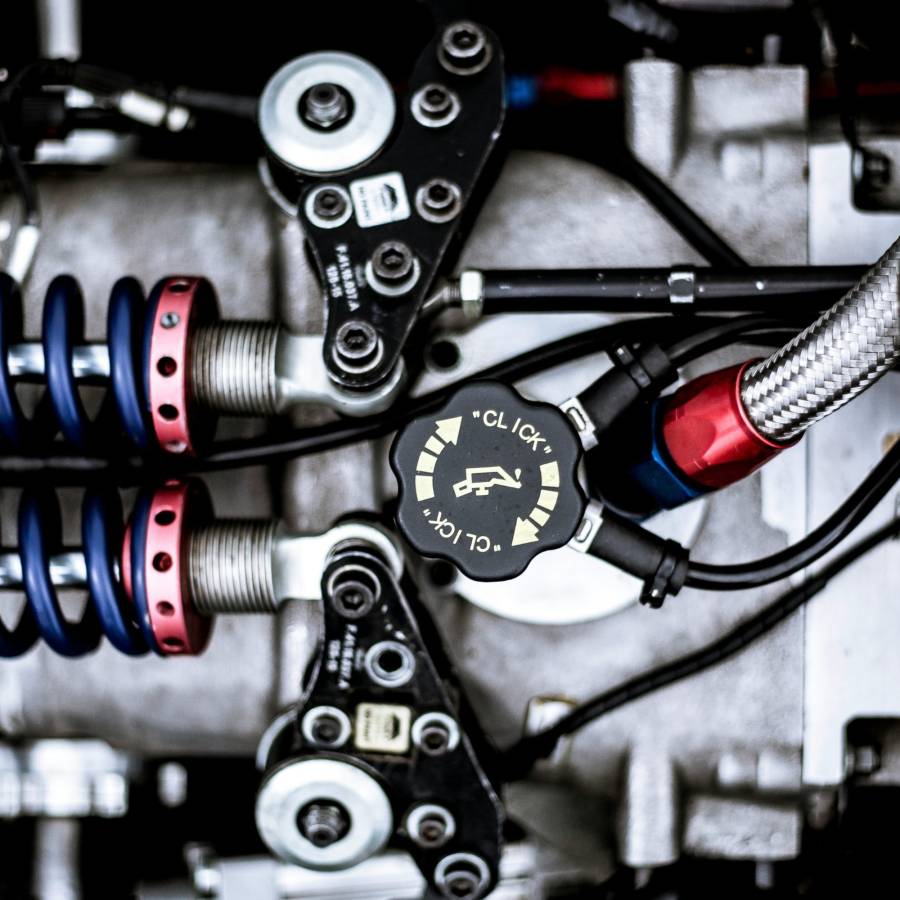Hello and welcome to the Stemettes Zine Motorsport Series!
Every fortnight, I’ll discuss the latest events and STEM advancements in motorsport to give you an insight into the industry. So, let’s get started!
F1 – Shanghai Spirit
F1 returned to Shanghai for the first time since the COVID-19 pandemic, and the race reminded us all why we missed it so much.
China presented the first Sprint race of the 2024 season, which will quickly be followed by Miami, and with a wet session on Friday, it gave us a mixed-up grid, with an all-British front row featuring Lando Norris alongside Lewis Hamilton.
With a marginally better reaction time from Lewis and the tightening first few corners, Lando took a risk on the outside which didn’t pay off, losing places and ultimately finishing in 6th so his first win will have to wait a little longer.
F1 – Sprint Strategy
The sprint races provide an interesting dynamic in terms of strategy. Given the limited number of laps completed (up to 100km), it means the disadvantage from pitting is greater, leaving you with less time to make up positions with off-set tyres. It also means any damage you sustain by taking a risky move can compromise you in the race on Sunday, hoping your team can repair any damage before the main qualifying session.
This gives the drivers and teams an interesting challenge. Do you take an aggressive approach, using softer tyres that are faster but have a shorter life, or do you play it safe? This is what Mercedes gambled on this race weekend. The teams will have looked extensively at data, modelling how the tyre compounds degrade and, most importantly at what stage they ‘fall off the cliff’. Utilising data from Pirelli, historical running, and taking into account factors such as surface temperature, the roughness of the track surface, and the cornering speeds, teams will be able to accurately model the visco-elastic properties of the tyre compounds, turning the molecular level project lap times. George Russell is an example who made this work, starting on the soft unlike those around him, to finish P8 and secure a valuable point.
Extreme E – Sustainable Systems
April gave us Earth Day, and Extreme E treated us with a new Sustainable Development Policy. Extreme E has pioneered electric off-roaders since 2021 and recently announced its intentions to introduce hydrogen power units in Extreme H. Intending to reduce carbon emissions, the series is focusing on sustainably powering events, using sea freight, and alternative technologies like hydrogen. The series is progressing sustainable power unit options, to pave the way for other industries. This, alongside the way they promote social sustainability through Legacy Projects and an equal split of female and male drivers, really cements them as a series striving for a better world.
Formula 2 – Testing Times
Thousands of laps later, and F2 testing is complete. Rodin continued their strong form, incurring minimal problems and maximum distance. ART Grand Prix focused on aero performance runs, utilising flow-vis, a liquid which when spread over the car, allows teams to analyse air flow and streamlines. Campos Racing put the home advantage to use, having found a strong direction for their car, with Hadjar setting a lap over a second faster than that of last year, really showing the improved performance of the latest iteration of regulations.
Designed to mimic F1, they now feature a ground effect, with some modifications to suit the new 2025 synthetic fuel. With such changes to the design of the cars, testing analysis will prove incredibly useful for engineers and drivers alike.
Moto GP – Dynamic Data
With so many developments in the world of technology, Moto GP is determined to not get left behind. Data from the bikes will be collected from about every system on-board, from the ECU to the chassis, with ones and zeros travelling through about half a thousand channels. These data values will then be inputted into equations, giving an insight into the range of vehicle parameters involved in vehicle dynamics.
But there is one factor that can’t be overlooked – the rider. The rider is responsible for every movement the car takes, shifting their weight and positioning to maximise lap time. This results in moving and varying forces. Ignoring this in models can cause a large discrepancy between the computer models and trackside running. Overlaying video analysis can provide some insight into these loads, but utilising human movement sciences and sensors fitted to riders monitoring pressures, and weight distributions, could help improve correlation between the models and the track.
That’s this fortnight’s round-up of STEM in motorsport. Check the next Zine issue for further insight into the motorsport industry.
This article was written by Grace, East Midlands Regional Advisor of the Stemette Futures Youth Board.






